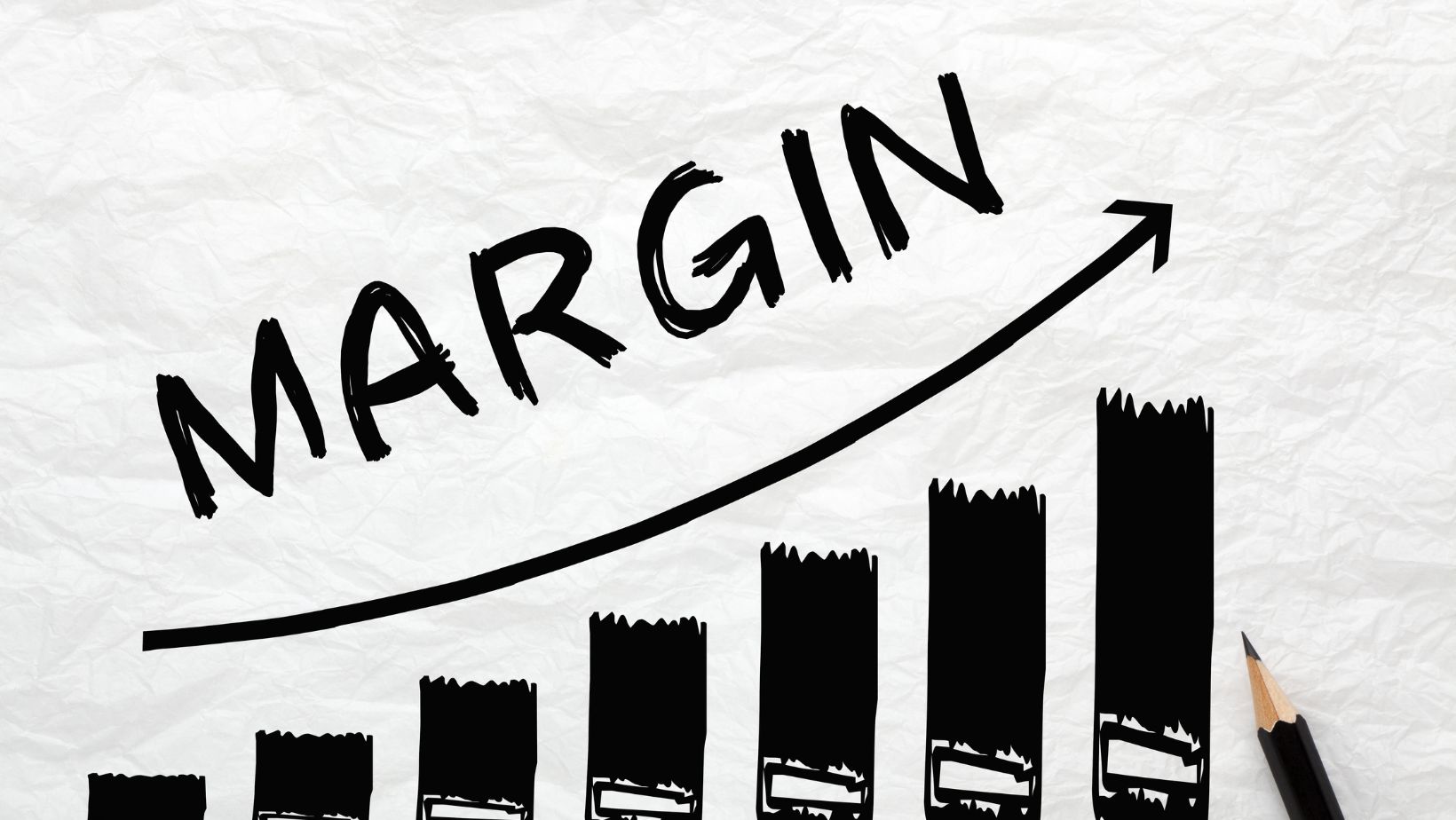Need to improve your profit margins without hiking prices?
Profit margins in manufacturing sectors worldwide dropped 25% in 2024. Inflationary pressures, production costs, logistics and materials are all on the rise, but companies cannot pass these costs on to consumers.
Here’s the kicker:
Old-fashioned inventory management practices are no longer sufficient. Racking up excess inventory with limited demand ties up too much working capital. Understocking and missed sales are the opposite problem. Manual forecasting is unreliable, and errors directly affect profit margins.
Thankfully, there is a powerful solution that’s quietly disrupting this process…
Here’s what’s inside:
- Why Profit Margins Are Squeezed
- How AI-Driven Inventory Optimization Works
- Key Benefits Of AI Inventory Solutions
Why Profit Margins Are Squeezed
Profit margins are getting pinched from every direction.
Transportation, labour, energy — the costs of doing business are all on the rise. And then there’s the consumers. They’re also more price sensitive than ever, which forces companies to eat costs they otherwise could’ve passed on.
But here’s the thing…
Businesses are haemorrhaging money through bad inventory decisions and not even realizing it. Poor ordering choices and bad inventory turnover compound over time, robbing companies of profit that should’ve been there.
Enter modern AI inventory management software features. Smart systems that optimize inventory through AI-driven analysis can read patterns, accurately predict future demand, and automate decisions that have historically been guesswork. Machine learning algorithms crunch massive datasets that humans simply can’t process and reduce (or eliminate) many of the inventory blunders that have cost companies millions over the decades.
Evidence from the field supports this. Businesses with the optimal level of inventory (not too much, not too little) can improve profit margins by 10-20% simply through better inventory management. This is a huge opportunity that most businesses are missing.
It’s more expensive to not have an AI inventory optimization software in place than people realize. Holding excess inventory costs working capital, paying for storage, insurance and the possibility of obsolescence. All this has a direct and immediate impact on the P&L statement.
Running out of stock also costs money. Lost sales are the first problem, but stockouts alienate buyers, lose market share to competitors, and hurt overall brand perception. Plus, manual inventory management is a huge time suck that could be used for more revenue-generating activities.
How AI-Driven Inventory Optimization Works
AI-driven inventory optimization is not a black box magic process that spits out arbitrary suggestions. It’s advanced technology that learns from your business and makes better inventory decisions than humans can manually.
Here’s how it works:
The system ingests vast amounts of data on your historical sales, seasonal fluctuations, market conditions, and dozens of other variables. It hunts down patterns that would take humans weeks to identify if they ever were to notice them at all.
Then it uses that intelligence to make highly accurate demand forecasts. This enables stocking the exact right amount of products in the right quantities at the right time.
Want to know the best part? The more data the system processes, the more accurate it becomes over time.
Machine learning algorithms continuously update and adapt to shifting market conditions. If customer behaviour changes, the AI immediately identifies it and alters future recommendations automatically. This fluid approach beats static, rule-based inventory systems every time.
Key Benefits Of AI Inventory Solutions
Reduce Holding Costs
AI-driven inventory optimization drastically reduces the amount of capital tied up in excess inventory.
The system’s smart software crunches data on actual historical demand to calculate optimal stock levels. This is a far cry from human instincts or hunches (or outdated legacy formulas). Businesses have just enough products to meet actual customer demand.
Low inventory automatically means lower storage fees, insurance, and less money just sitting in warehouses or on shelves. Capital that used to be trapped in inefficient inventory practices gets released into the business. This money can be reinvested in growth initiatives, marketing, or other areas of the business.
Improve Forecast Accuracy
Manual forecasting is often way off the mark.
AI changes this. Machine learning models analyze multiple variables from different data sources to predict future demand with great accuracy. This includes seasonality, market trends, promotional impacts, and external variables like weather patterns or economic data.
The result? Much more accurate predictions that translate to better inventory decisions. Businesses experience fewer overstocks and stockouts. This primes businesses to achieve better sales performance while minimizing waste and obsolescence.
Automate Reordering Decisions
Manual reordering is a huge waste of time and error-prone.
AI systems automate the whole process end-to-end. When a certain stock level is reached, the system automatically fires off a reorder with zero human intervention.
But it doesn’t end there…
Smart inventory systems adjust reorder points and quantities on the fly based on current demand forecasts. If AI anticipates higher demand, it ups the recommendations. If demand is tapering off, it scales back. This responsive approach prevents the time lags that often trip up inventory with manual processes.
Identify Slow-Moving Stock
Every business has slow-moving inventory at any given time.
AI systems spot these slow-pokes early, which gives businesses time to course correct. Whether it’s running promotions, bundling products, or making adjustments on future orders — early detection prevents capital from being stuck in dead stock.
The alternative? Finding these issues several months down the line when products have already become obsolete or lost much of their value. AI helps prevent this by continuously monitoring inventory velocity and flagging problems before they become expensive issues.
Scale With Business Growth
Business growth always makes inventory exponentially more complex.
More products. More warehouses. More sales channels. More variables to track. Manual systems quickly buckle under this pressure, but AI scales elegantly. Same algorithms that can manage 100 SKUs just as easily manage 10,000 SKUs.
This scalability means businesses do not have to completely change their approach to inventory as they scale and grow. Business growth is smooth and profit margins are protected even as operations become larger and more complex.
Respond To Market Changes Faster
Market conditions change all the time. Consumer preferences shift. Competitors launch new products. Economic forces affect buying behaviour.
AI-driven inventory optimization provides businesses with the agility to keep up. Real-time analysis of incoming data allows businesses to immediately adjust inventory strategies when conditions change. This responsiveness is a competitive advantage and can be directly translated into better margins (fewer markdowns, fewer missed opportunities).
Making The Investment Decision
AI inventory solutions require investment in the beginning.
But the ROI usually shows up fast. Lower holding costs, improved margins and free working capital usually pay for the initial investment in a matter of months.
The important part is choosing the right system.
Systems that don’t integrate with your existing tech stack create more headaches than they solve. Prioritize inventory software with a proven track record and excellent support. Verify the platform can grow and scale with your business.
AI inventory optimization is not just for billion-dollar enterprises anymore. Tools exist for small, medium and large-sized businesses, and the technology is more accessible than ever before.
Bottom Line
AI-driven inventory optimization is one of the most direct paths to improved profit margins available today.
Reducing holding costs, improving forecast accuracy and automating manual decision-making free up businesses to operate at levels that were not possible previously. The technology is not experimental anymore, it’s proven, and is delivering measurable value for companies across industries.
The opportunity is clear:
- Less excess inventory means more free working capital
- Fewer stockouts means maximized sales opportunities
- Automation of manual processes
- Scale inventory management with business growth

Profit margins are under pressure from all sides. But smart inventory management through AI is a proven way to fight back and protect profitability in a tough market. Companies that act now will be miles ahead of the competition that remains stuck in the past with outdated methods.



